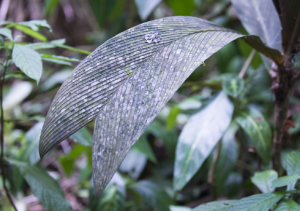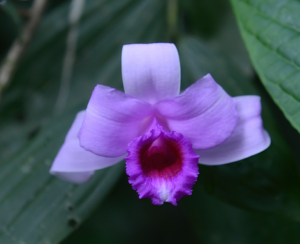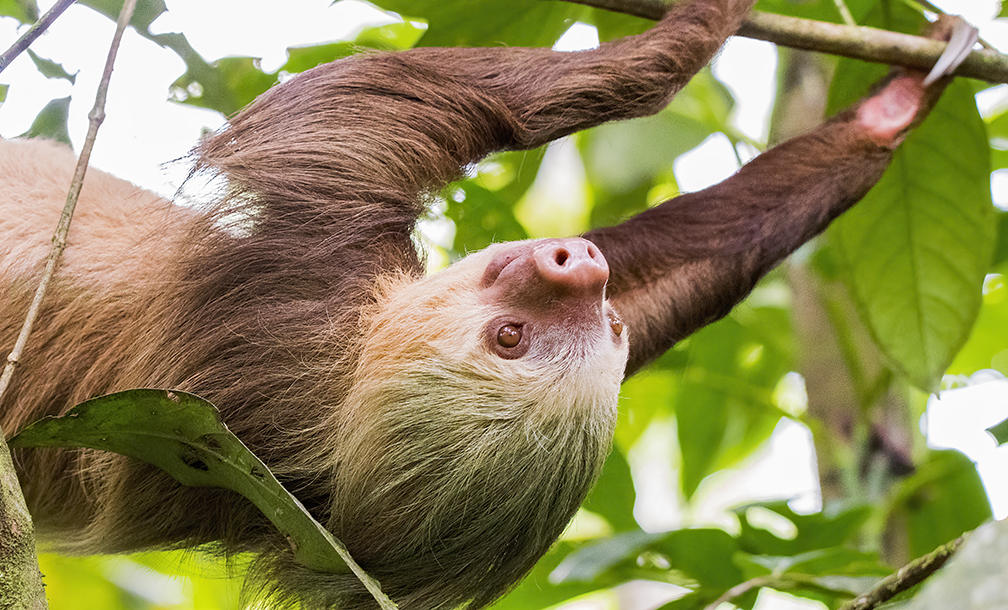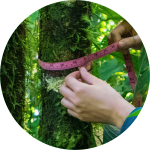
Biodiversity
Biodiversity is the variety of living species, flora (plants) and fauna (animals) in an area. Although only 0.03% of the earth’s land mass, Costa Rica with its large number of species accounts for almost 6% of the world’s bioversity, including over 1,500 species of butterflies.
Costa Rica is one of the 36 identified global Biodiversity Hotspots as defined by Conservation International. To qualify as a biodiversity hotspot, an area must meet two strict criteria:
- Contain at least 1,500 species of vascular plants found nowhere else on Earth (“endemic” species).
- Have lost at least 70 percent of its primary native vegetation.

In many ways, given its small size, Costa Rica is one of the most biodiverse areas on the planet. Despite only occupying 0.03% of the world’s land, it is home to over 90,000 known species, somewhere between 5 and 6% of the world’s known species.
To give a comparative idea of species density, Costa Rica has 234.8 plant species per 1000 km, whereas Colombia, in second place, has only 43.8 plant species per 1000 km (Oband o, 2007).

If we consider orchids alone, Costa Rica has 25.5 species per 1000 km, whereas Colombia has 2.6 species per 1000 km (Valerio, 1999)
Similarly, Costa Rica has 28.2 species of vertebrates (excluding fishes) per 1000 km, whereas Ecuador, the second most biodiverse vertebrate country per km in the world, has 9.2 species per 1000 km, and the third most biodiverse vertebrate country, Malaysia, has only 4.4 vertebrate species per 1000 km (Valerio, 2006).

Since the end of World War II, approximately 80% of the forests of Costa Rica have disappeared. Approximately 20,000 acres (8,100 ha) of land are deforested annually. That’s more rainforest land than the whole of New York City, cleared every year. In the 1990s the country had one of the worst deforestation rates in Central America. While this degradation has slowed due to the good efforts of the Costa Rican government and education about the devastation of deforestation, massive damage has been done, and it’s not stopped. Developing secondary rainforest rich in keystone tree species like mountain almond and cecropia is key to ensuring that thriving diversity is retained.
Keystone trees and plants are integral to PRFRP targeted reforestation plans. Our efforts will result in viable habitat critical to keystone vertebrates like sloths, bats, monkeys, and macaws, which form the higher species foundation of an ecology rich in biodiversity.









